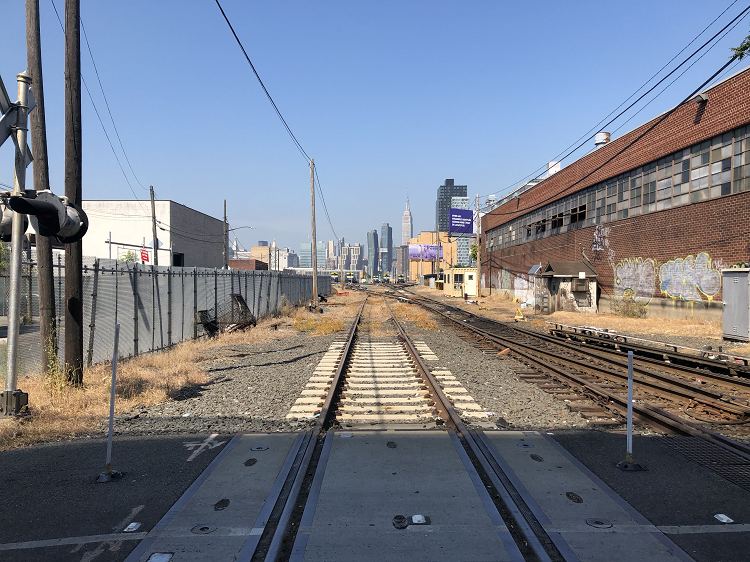Delco Lead Train Safe Haven Service and Inspection Facility
Project Description
In the wake of Superstorm Sandy, NJ Transit developed a Resilience Program aimed at strengthening their transportation system to make it more durable and reliable before, during and after major weather events. The Delco Lead Train Safe Haven Service and Inspection Facility project is part of this program and proposed construction of a 1,250-foot long Service and Inspection (S&I) Facility and storage tracks for ten, 12-car trains in County Yard to expedite service restoration during emergency situations and to provide an additional S&I Facility during normal operating conditions. Additionally, improvements were proposed along the Delco Lead, including removal of existing freight track and construction of two new tracks for storage of NJ Transit equipment during extreme flooding events and other emergency situations in a location that minimizes flood hazard risk.
Paul Carpenter Associates, Inc. (PCA) performed a transit noise and vibration impact assessment as part of the environmental documentation for the project following Federal Transit Administration (FTA) guidelines and procedures. Since the Delco Lead would only be utilized during emergency situations, operational noise and vibration impacts were not evaluated for this project component. However, maintenance facilities are a stationary source of transit noise, therefore, FTA's screening procedure for yards and shops was implemented. An FTA General Noise Assessment was performed for noise-sensitive land use. Existing noise exposure for all analysis locations was determined through field measurements at representative sites. In addition, traffic data collection and vehicle classification counts were performed. The FTA's Noise Impact Assessment Spreadsheet was utilized to evaluate impacts at all analysis locations. The FTA's vibration screening procedure for conventional commuter railroad projects was implemented to determine the need for a more detailed vibration assessment, however, no vibration sensitive land uses were identified within the applicable screening distance.
Due to the proximity of existing noise and vibration sensitive land use to project improvements and an estimated 3.5-year construction timeline, FTA noise and vibration assessments of construction-related impacts were performed. The heaviest operations during three main stages were evaluated, which include sheet driving, construction of retaining walls, pile driving and concrete work, and track installation. Construction noise and vibration levels were compared to FTA's criteria, and no impacts were predicted to occur.
Middlesex County is in CO attainment, PM2.5 maintenance and O3 nonattainment. Since the project was listed in an approved Statewide Transportation Improvement Program (STIP) the project was exempt from regional air emissions modeling. Project-level conformity was addressed qualitatively since the rail cars utilizing the S&I Facility were electrified.
